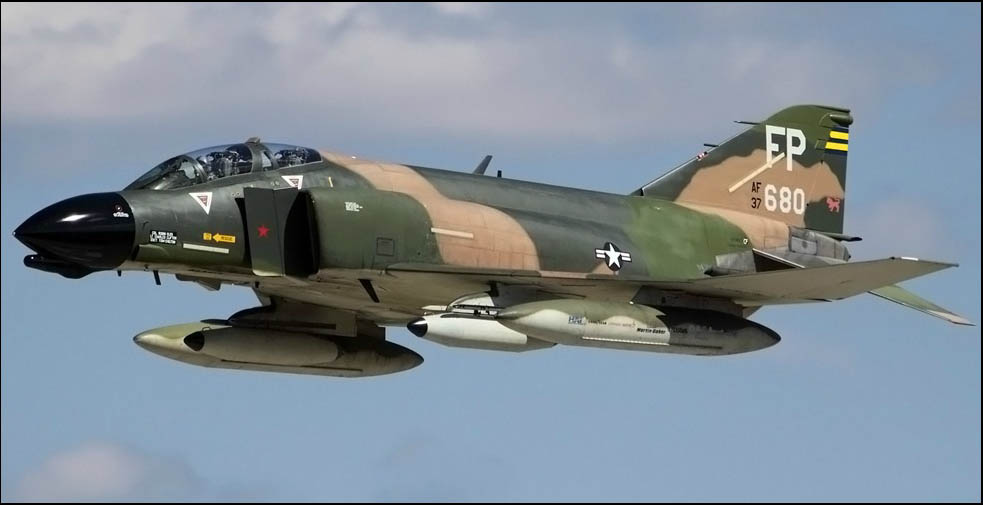Since I have done it for the two other Navy videos, I decided to make a little geometric analyses of FLIR (for the sake of fun mostly!).
Two parameters are measured by my model :
- the average speed of the TicTac when it's locked, from second 0'09 to 1.09. I use the angles of bearing given by the ATFLIR camera, and consider a trajectory from right to left, perpendicular to the plane trajectory (considered straight and at a constant speed of 335 TAS).
- the speed when the TicTac supposedly accelerates and disappears on the left of the screen, when the lock is lost. I use the section at the very end when the camera is zoomed. Looking at individual frames, the TicTac crosses about 62% of half the screen in 18 frames. Considering a FOV of 0.35 at Zoom2, we can estimate the distance it covers (see formula in the legend of the model). The frame rate being 30Fps, we know the time it takes ((1/30)*18), and this gives the "unlocked" speed.
The TicTac position can be dragged to change the distance from the plane, to see how it affects the two speeds.
https://www.geogebra.org/geometry/epqdtg4b
Two takeaways :
- for the TicTac being at a distance of 10Nm and more, the two speeds are very close (less than 5% difference). This makes me think I'm not too wrong (but I trust you to find where I may have messed up!)
- if I select a distance from the TicTac of 15Nm (Chad Underwood estimate), they are ~170 Knots
So in short, no crazy speed, and more importantly, I do not see any acceleration at all at the end when the lock is lost, in agreement with what has been proposed here. I though I would share because it is a handy model to play with the FOV, distance to the jet, etc ... The only parameter that makes the locked and unlocked speed to diverge is the FOV. If the FOV is larger than my estimate of 0.35, say 0.7, the unlocked speed starts getting high. Note that the FOV does not affect the locked speed because it is calculated from the lines of bearing and plane trajectory.
So I guess we are left with the pilot's word here, which I don't like. Why didn't they provide the rest of the footage when the TicTac is gone ?
I appreciate any feedback and verification that my maths are correct (or not too wrong at least).




